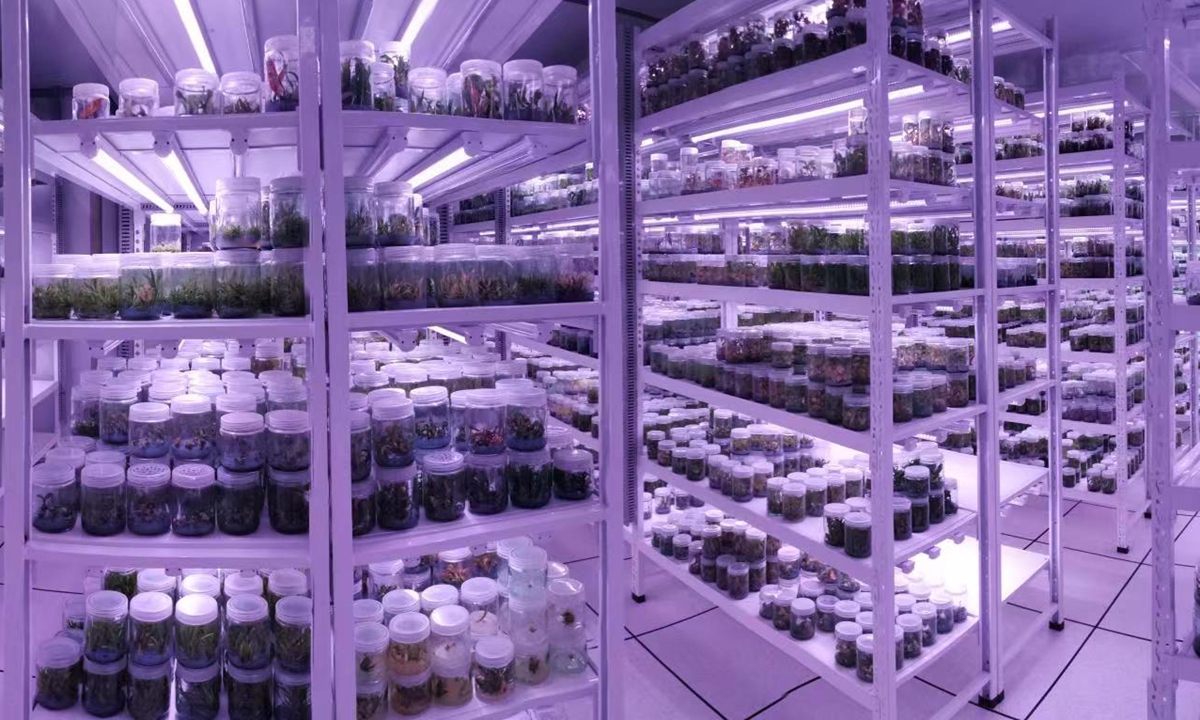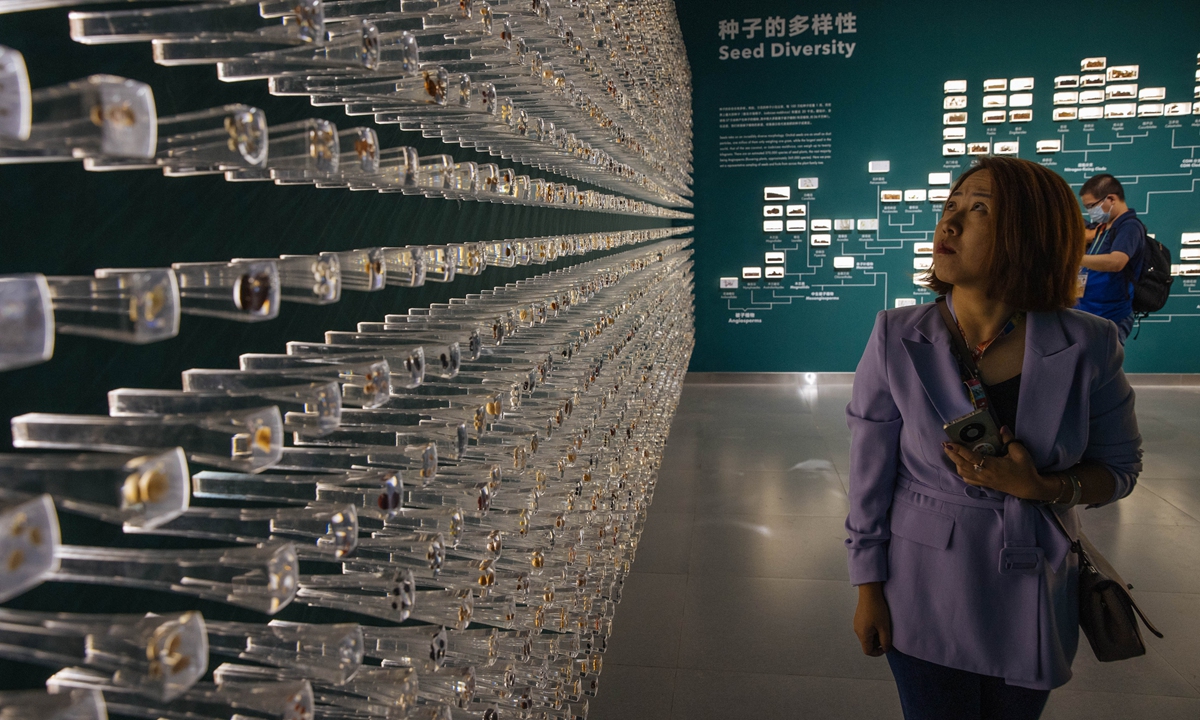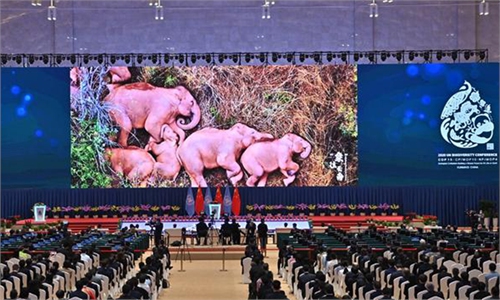Asia's largest 'Noah's Ark' for wildlife: how the Germplasm Bank of Wild Species guards precious biodiversity treasure in SW China's Yunnan

Photo: Global Times
This is a four-story plain building located in the northern suburbs of Kunming, in Southwest China's Yunnan Province. However, it has a distinguished identity. It houses the Germplasm Bank of Wild Species in Southwest China, one of the world's two wild biological germplasm resources repository established in accordance with international standards, which gives it the name of Asia's largest Noah's Ark for wildlife. If the end of the world comes, it will be the last hope of human beings.
As of 2020, the bank has preserved 85,046 samples of seeds of 10,601 species, which account for 36 percent of the total number of flowering plant species in China. After a decade of development, it has become a leader in the protection of global biodiversity, together with the Millennium Seed Bank in the UK and the Svalbard Global Seed Vault in Norway.
"Germplasm resources, also called genetic resources, contain all the genetic information of organisms and determine their various genetic traits and characteristics. They are very important national strategic biological resources," Cai Jie, director of the germplasm collection center of the gene bank, told the Global Times on Wednesday, adding that "about half of the plants in the country are grown in Yunnan, which provides very convenient conditions for the preservation work and scientific research of the gene bank."
Seeds are the starting point of the plant's life. The protection and utilization of seed resources are particularly important at a time when biodiversity is seriously threatened, Cai highlighted.
Sleeping seeds
It is stunning to see the colorful seeds in different shapes stored in thousands of acrylic rods at the bank. However, they are only for display purposes. The real seeds are "hibernating" in a storage room at -20 degrees where members of the public are not allowed to enter.
Under normal temperatures, seeds can only be stored for one to two years. In order to extend the life of the seeds, researchers use low temperatures and drying methods to store them for a long time.
The seeds collected in the wild need to go through more than 70 strict steps, including weighing, cleaning and drying, before being put in the cold storage.
In the seed cleaning room, cleaners use strainers and other tools to remove insects, infected seeds and other impurities. The seeds that meet the standards undergo low temperature and drying treatments and enter the "dormant period" to meet the conditions for being stored in the seeds bank.
At a temperature of minus 20 degrees, most seeds can survive for hundreds or even thousands of years. Some seeds are particularly "sleepy." For example, cotton seeds can remain dormant for tens of thousands of years and still have a certain amount of vitality. When necessary, researchers can wake these "sleeping" seeds.
"In order to ensure that the seeds are still vigorous, waking tests are carried out every 5 or 10 years," said Qin Shaofa, a supervisor of the gene bank's germplasm collection center.
However, not all seeds meet the high standards for "sleeping" that are required in the seeds bank storage. "We follow the strict 3E principle, meaning that endangered and endemic species, and plant seeds with important economic, ecological and scientific value will be prioritized for preservation," added Qin.
According to this standard, the passengers with priority on Noah's Ark include Taxus wallichiana zucc and Pinus squamata, of which only a few dozen specimens can be found in the wild.

Photo: Global Times
Sending out 'tickets'
In order to accurately send out "ship tickets," the seed collectors spend nearly one third of their time every year in the wild collecting specimens, from the desert Gobi to the tropical rain forest, even to the Mount Qomolangma.
On October 4, experts from the gene bank successfully collected the seeds of plants like the Crucihimalaya himalica and Saussurea gnaphalodes at around 6,200 meters on Mount Qomolangma, known in the West as Mount Everest, setting the record for the highest altitude for plant seed collection in the country.
The experts need to travel through mountains and rivers to find target plants and calculate the time to collect seed samples that meet the requirements. According to standards, a complete seed sample must include at least 2,500 seeds, with about 10,000 for best results.
At the same time, to avoid any impact on the population of origin, the sample must not exceed 20 percent of the seeds located in the place where it is taken.
Besides, collectors have to select the same plant in different growing locations, which makes the collection work extremely difficult.
"However, our collectors are full of responsibility and passion for this job. They know that discovering, collecting and preserving these seeds is not only needed to protect the natural environment on which humans depend, but also an important fundamental work for the protection of biodiversity," noted Cai.




